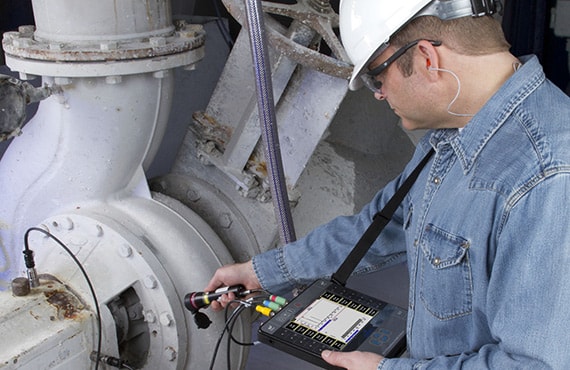ISO 1431 – Rubber Ozone Resistance Test
The ISO 1431 standard is a critical tool used in the oil and gas sector to assess the resistance of rubber materials, particularly those used in seals, gaskets, and other components that come into contact with hydrocarbons. This test is vital for ensuring the longevity and reliability of rubber parts in harsh environments such as pipelines, drilling rigs, and storage facilities.
The ISO 1431 procedure involves exposing a rubber specimen to ozone gas under controlled conditions. The purpose is to observe the degradation or change in properties over time due to ozone exposure. This test is essential for quality managers, compliance officers, and R&D engineers as it helps them understand how different rubber materials will perform in real-world applications.
The test typically involves preparing a specimen of the material to be tested, which must be cut into specific dimensions according to ISO 1431. The specimen is then placed in an ozone chamber where it is exposed to controlled levels of ozone for a predetermined period. During this time, the specimens are regularly inspected and measured to observe any changes in their physical properties.
The results of the test provide valuable information on the durability and reliability of rubber materials under oxidative stress. This data can be used by quality managers and compliance officers to make informed decisions about material selection and design improvements. For R&D engineers, this test is a crucial step in developing new materials that can withstand harsh environmental conditions.
The competitive advantage gained from using ISO 1431 lies in the ability to ensure product longevity and performance under extreme conditions. This standard ensures that rubber components used in oil and gas applications are robust enough to last through the expected lifespan of a project, thereby reducing maintenance costs and downtime.
Competitive Advantage and Market Impact
- Enhanced Product Reliability: ISO 1431 ensures that rubber materials are capable of withstanding oxidative stress, which is a significant factor in the deterioration of rubber components.
- Informed Material Selection: By using this test, companies can select materials that best suit their specific needs and environmental conditions, thereby gaining a competitive edge.
- Reduced Downtime and Maintenance Costs: Robust rubber parts mean fewer replacements and repairs, leading to cost savings and increased efficiency.
Eurolab Advantages
Eurolab is committed to providing comprehensive testing services that meet the highest international standards. Our ISO 1431 rubber ozone resistance test is no exception, offering a range of benefits:
- Accurate and Reliable Results: Eurolab uses state-of-the-art equipment and adheres strictly to ISO 1431 protocols to ensure accurate results.
- Expertise and Experience: Our team of experienced chemists and engineers ensures that every test is conducted with precision and care.
- Comprehensive Reporting: Eurolab provides detailed reports that include all relevant data, ensuring full transparency for our clients.
- Fast Turnaround Times: We understand the importance of timely results and strive to provide them as quickly as possible without compromising on quality.
International Acceptance and Recognition
The ISO 1431 standard is widely recognized in the oil and gas industry for its role in ensuring product reliability. This international standard is accepted by major oil companies and regulatory bodies worldwide, making it a key criterion for compliance.
Compliance with ISO 1431 demonstrates a company's commitment to quality and safety standards, which can significantly enhance its reputation and market standing. By adhering to this standard, companies ensure that their rubber components meet the highest international benchmarks, thereby increasing confidence in their products.





